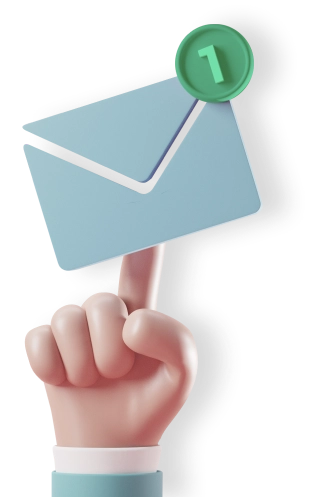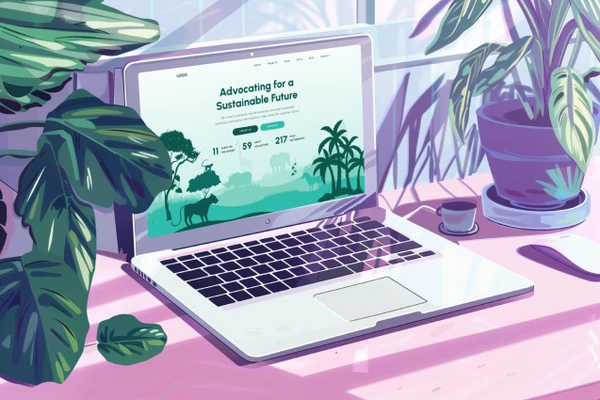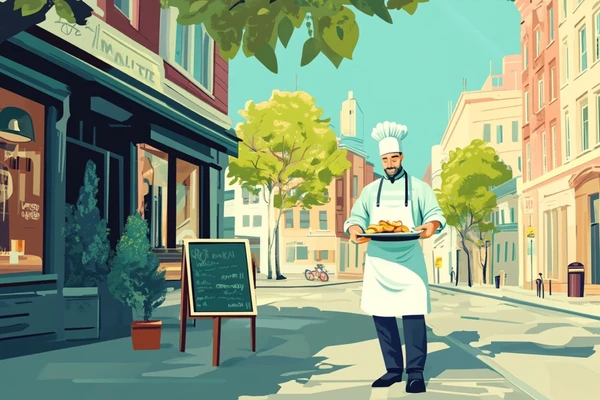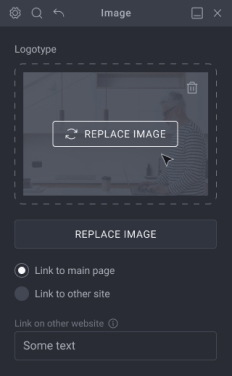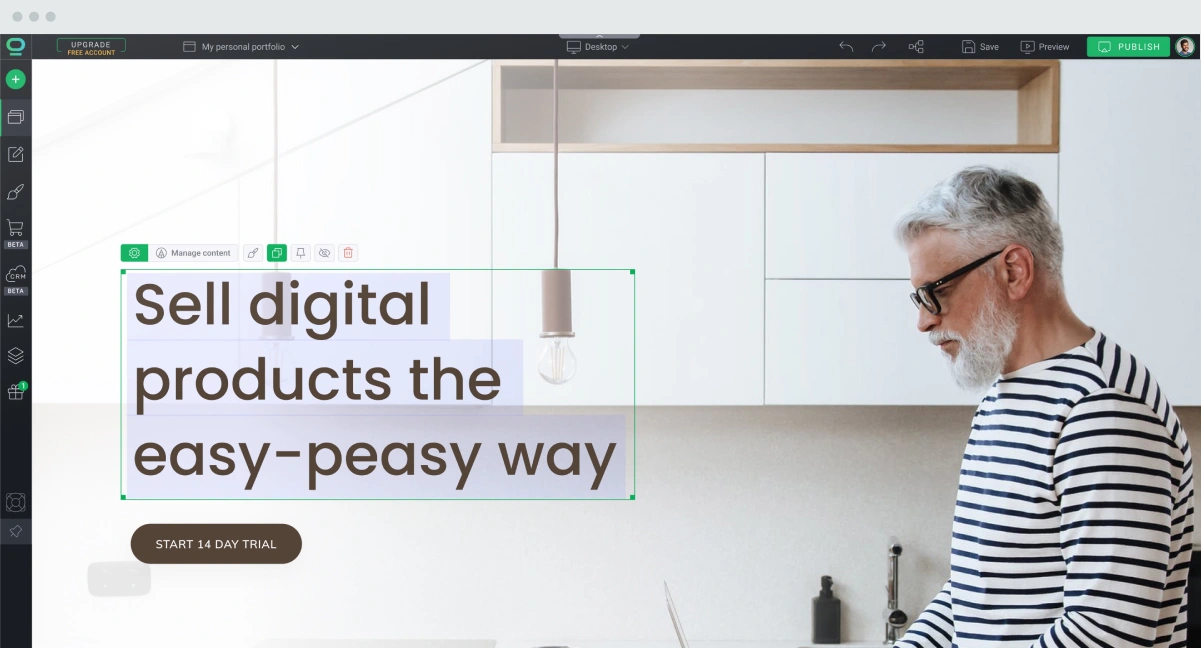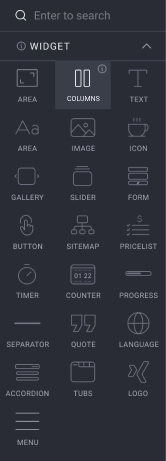A well-designed restaurant menu can do wonders: from drawing in diners to boosting your bottom line. This guide delves into the art and science of menu design, showcasing how strategic choices can transform your menu from ordinary to extraordinary and dramatically enhance your restaurant's appeal and profitability
Good menu design – Is it important?
Absolutely! For business owners, particularly in the restaurant sector, the menu is much more than a mere list of dishes. It’s a powerful marketing tool that can influence customer decisions, enhance their dining experience, and reflect the essence of your restaurant's brand. Here are a few key reasons why good menu design is essential:
1. Boosts sales
A well designed menu can highlight high-profit items and encourage customers to order more than they originally planned. By strategically placing these items in prominent positions, you can subtly guide customer choices and improve your overall sales.
2. Enhances customer experience
Restaurant menus that are easy to read and aesthetically pleasing set the tone for a pleasant dining experience. Clear, effective menu designs reduce order time and confusion, leading to a smoother service and happier customers.
3. Strengthens brand identity
Your menu is a reflection of your restaurant’s theme and quality. A well-designed menu communicates professionalism and attention to detail, which helps build trust and loyalty among your patrons.
4. Adapts to trends
With evolving consumer preferences, updating your restaurant menu design can help you stay relevant and competitive. Whether it's incorporating modern aesthetics, the latest dietary trends, or digital formats, an effective menu presentation keeps your restaurant current and appealing.
Restaurant menu errors to avoid!
When creating a restaurant menu, avoiding certain pitfalls can make a significant difference in how your menu is perceived and can directly affect your restaurant's success. Here are some common restaurant menu design failures to steer clear of:
1. Outdated or unclear prices or dishes
.webp?52530.19999999553)
One of the quickest ways to frustrate customers is to have outdated prices or menu items that are no longer available. This is particularly crucial if your menu changes seasonally. Always ensure your menu is current to avoid confusion and maintain trust with your patrons.
Equally important is the clarity of your pricing. Customers expect transparency when dining out. Hidden or unclear prices can deter customers from ordering certain dishes or, worse, leave them feeling deceived. Make sure each item is clearly labeled with an up-to-date price that is easy to find and read. This straightforward approach not only builds trust but also speeds up the ordering process.
2. Missing descriptions or ingredients
.webp?68677.79999999702)
While some establishments may rely on simple dish names or images, providing a brief description with ingredients is essential. This not only helps customers make informed choices but is also crucial for those with dietary restrictions or allergies. Descriptions should be concise yet informative, giving a sense of the dish’s flavor and preparation style, which can enhance the dining experience and stimulate appetite.
3. No photos or bad quality photos
.webp?82922.09999999404)
They say a picture is worth a thousand words, and nowhere is this truer than in a restaurant menu. Effective use of high-quality photos in your restaurant menu can turn a casual perusal into a concrete order. By showcasing your dishes through vivid, appetizing images, you make it easier for customers to imagine themselves enjoying your offerings.
However, it's crucial that these images are of high quality. Poorly lit, blurry, or unappetizing photos can have the opposite effect, deterring customers from trying what might otherwise be a delicious dish.
Publishing your restaurant's menu online solely as an image of the menu card is a common but flawed practice. While it might seem like a quick and easy solution, it significantly hampers the user experience and SEO effectiveness.
First, menu images often fail to load quickly on all devices, particularly mobile phones, which can frustrate potential customers.
Additionally, these images can be hard to read, especially on smaller screens, making it difficult for customers to explore your offerings comfortably.
Furthermore, search engines cannot read text from images, meaning your menu will not appear in search results when customers look for specific dishes your restaurant offers.
This lack of accessibility and visibility can deter potential diners and limit your online reach, ultimately impacting your restaurant’s ability to attract new customers.
4. Inconsistent formatting
.webp?170280.19999999553)
Inconsistent formatting can greatly disrupt the customer’s ability to navigate your menu efficiently. A clean and uniform layout helps in making the restaurant menu aesthetically pleasing and easy to read. Whether it's aligning the text properly, using consistent fonts, or organizing the menu sections logically, these details contribute significantly to how professional and accessible your menu appears.
For digital menus, this aspect becomes even more critical as the readability and navigability directly impact the user experience on different devices. Ensuring your digital menu is well-formatted not only reflects your brand’s professionalism but also enhances customer satisfaction by providing a seamless browsing experience.
5. Complex language or jargon
Especially relevant for restaurants serving international or specialized cuisine, the language on your menu should be simple and welcoming. Avoid culinary jargon that might confuse your customers who aren’t familiar with specific cooking terms or ingredients. Visual aids like photos can greatly enhance understanding and entice customers by showing exactly what they can expect on their plate.
An effective strategy to enhance guest experience is incorporating a 'dictionary' section in your menu. For example, I once visited a restaurant specializing in potato dishes, which included a detailed list of the various potato varieties they use. This addition not only educates but also adds a fun and engaging element to the dining experience!
6. Broken links or navigation issues
.webp?111304.19999999553)
There’s nothing more frustrating than encountering broken links or navigation issues when trying to view a restaurant menu online.
Imagine a potential customer looking up your restaurant, clicking on the menu link, and finding it non-functional! This glitch can drive them to visit another restaurant’s website where the menu is accessible, costing you business.
As a restaurant owner, it's crucial to ensure that your online menu is always up-to-date and easy to navigate. Regularly check your website for broken links and navigation errors to ensure a seamless user experience. Remember, a smooth digital experience reflects the quality and efficiency of your restaurant service, making it critical to your online presence and reputation.
7. Inaccurate hours or contact Information
Keeping your restaurant's hours and contact information accurate and up-to-date is crucial. Incorrect information can lead to missed opportunities and frustrated customers who might show up only to find the restaurant closed. This can damage your restaurant's reputation and discourage potential repeat business.
Make it a routine to check and update your contact details and operational hours across all platforms—your website, social media pages, and any third-party sites where your restaurant is listed. This ensures that when customers want to visit or reach out, they have the correct information, making their experience as smooth as possible.
8. Failure to highlight specials or promotions
.webp?126744.59999999404)
Specials and promotions are excellent ways to attract customers, especially during slower business periods. Failing to effectively highlight these offers can result in lost sales and reduced customer interest.
Ensure that your menu and website prominently display any specials or promotions. Consider using eye-catching designs or specific sections both in your physical and digital menus for these deals. Regularly updating these offers not only keeps your menu fresh but also gives customers a reason to return. Effective communication of your specials can create buzz, encourage more frequent visits, and enhance the overall dining experience by making guests feel they are getting unique value and exclusive treats.
9. Neglecting mobile optimization
.webp?138459.09999999404)
10. No online ordering option
As the demand for convenience grows, so does the expectation for online ordering capabilities. If your restaurant does not offer an online ordering option, you may be missing out on a significant revenue stream.
Integrating this feature can cater to customers looking for a quick and easy way to enjoy their meals without the need for a dine-in experience. This is particularly important for customers who prefer to order food from the comfort of their home or office. By providing an online ordering system, you not only enhance customer convenience but also broaden your customer base to include those who might not have the time or desire to visit your restaurant in person.
Honorable mentions - To save your restaurant from failure 😉
Mistake 1: Missing social proof
Consider the power of social proof when designing a restaurant's menu. People often check reviews on platforms like Google Business or Bing before deciding where to eat. Including snippets of positive customer reviews or ratings directly on your menu can significantly influence potential diners. This strategy not only showcases customer satisfaction but also builds trust with newcomers.
Encourage satisfied customers to leave reviews and consider featuring some of the best testimonials in your menu design. This proactive approach can turn casual browsers into committed diners, enhancing your restaurant's reputation and appeal.
Mistake 2: Lack of additional information (dietary, calories, allergens…)
As consumers become increasingly health-conscious, providing detailed information about the food you serve is becoming more important. Including details about allergens, calorie counts, and dietary tags (like vegan, gluten-free, etc.) when designing a restaurant menu can greatly enhance the dining experience.
This transparency saves your staff time from repeatedly answering the same questions and allows customers to feel more confident in their meal choices. It also demonstrates that your restaurant is considerate of customer health and dietary needs, which can help in attracting a broader audience.
Mistake 3: Overwhelming menu choices
.webp?154067.8999999985)
Offering too many options can be just as detrimental as offering too few. An overly extensive menu can overwhelm customers, making it difficult for them to decide what to order. This can lead to longer table times and decreased customer satisfaction. Additionally, a large menu can strain your kitchen’s efficiency and increase waste.
Aim for a well-curated selection that showcases your restaurant’s best dishes while maintaining operational efficiency. This not only improves the customer experience but also streamlines your inventory and preparation processes.
Mistake 4: Ignoring SEO optimization
SEO is just as critical for your digital menu as it is for your entire website. A digital menu with slow loading times not only hampers the user experience but also affects your visibility in search engine results. When potential customers search for places to eat, you want your restaurant's menu to appear promptly and high up in those results.
To enhance SEO for your digital menu, ensure it is optimized for fast loading, mobile-friendly, and incorporates relevant keywords that diners might use when searching for your dishes. Regularly updating your menu with new items, special offers, and high-quality images can boost its ranking, making your restaurant more visible and attractive to potential customers.
How to design a restaurant menu - conclusion
Designing an effective restaurant menu is not just about listing food items attractively; it involves strategic planning and a deep understanding of your customer’s needs. Avoiding common pitfalls such as unclear pricing, poor photo quality, complex jargon, and neglecting online essentials can make a substantial difference in how your menu performs. Remember, your menu is a direct reflection of your restaurant: it communicates your brand, influences consumer decisions, and can significantly impact the profitability and success of your establishment.
In essence, a high-end restaurant menu design is an integral part of your restaurant's marketing strategy. It should align with your business goals, appeal to your target audience, and keep up with digital trends. With thoughtful design and continuous updates, your menu can serve as a powerful tool to boost customer satisfaction and drive your restaurant’s growth.

Karol is a serial entrepreneur, e-commerce speaker m.in for the World Bank, and founder of 3 startups, as part of which he has advised several hundred companies. He was also responsible for projects of the largest financial institutions in Europe, with the smallest project being worth over €50 million.
He has two master's degrees, one in Computer Science and the other in Marketing Management, obtained during his studies in Poland and Portugal. He gained experience in Silicon Valley and while running companies in many countries, including Poland, Portugal, the United States, and Great Britain. For over ten years, he has been helping startups, financial institutions, small and medium-sized enterprises to improve their functioning through digitization.

_(2)_(1).webp)
